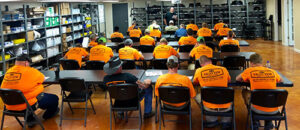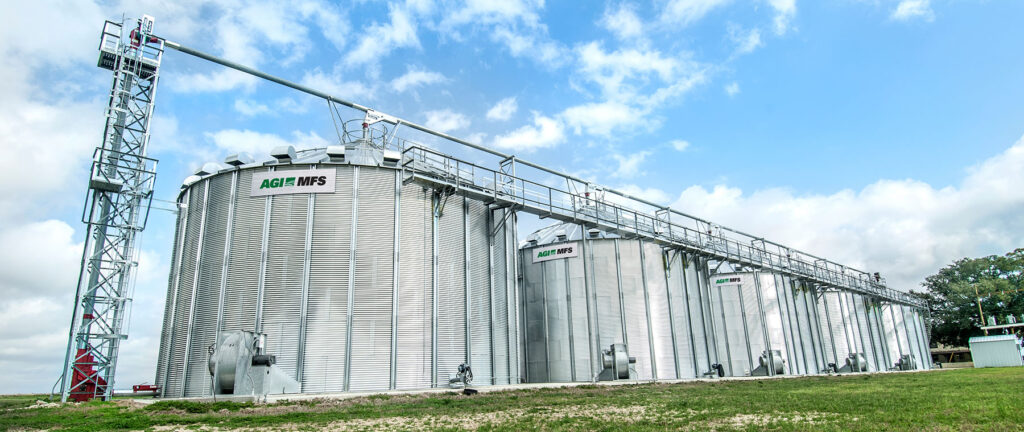Grain handling facilities play a vital role in the agricultural supply chain, but they also come with significant safety risks. From combustible dust to mechanical hazards, ensuring safety requires a combination of proper grain handling system design, vigorous training programs, and diligent maintenance practices. Let’s explore the common hazards associated with grain handling facilities and practical steps to reduce these risks.
Common Hazards in Grain Handling Facilities
- Grain Dust Explosions
Grain dust is highly combustible, and even a small spark can lead to devastating explosions. These incidents often occur due to the accumulation of fine particles and poor ventilation. - Engulfment and Suffocation
Grain behaves like quicksand, and workers can become engulfed within seconds. This is a leading cause of fatalities in grain bins and silos. - Mechanical Injuries
Grain augers, conveyors, and other grain moving equipment pose risks of entanglement, amputation, and crushing injuries if safety precautions are not followed. - Falls
Working at heights is often unavoidable in grain handling facilities. Without proper fall protection, workers are at significant risk of injury. - Fires
In addition to explosions, grain handling facilities are susceptible to fires caused by overheating equipment or electrical malfunctions.
Reducing Hazards Through Smart Practices
- Optimize Grain Handling System Design
A well-designed grain handling system is the cornerstone of safety. Design considerations should include:
- Dust control measures: Incorporate dust collection systems and ensure proper ventilation to minimize the risk of explosions.
- Automated monitoring: Use sensors to track temperature, humidity, and other factors that can lead to dangerous conditions.
- Safe storage solutions: Ensure that silos and bins are designed with features that reduce the risk of engulfment, such as sloped bottoms and proper unloading mechanisms.
- Implement Comprehensive Training Programs

Training is critical to ensure that workers understand the hazards and how to mitigate them. Effective training should include:
- Proper grain safety procedures, including how to work safely in and around grain bins.
- Emergency response plans for incidents like engulfment or equipment malfunction.
- Safe operation of grain augers and other grain moving equipment.
- Regular Maintenance and Inspection
Routine inspections and maintenance are essential to keeping equipment safe and operational. Prioritize the following:
- Check and clean grain moving equipment to prevent dust buildup.
- Inspect belts, pulleys, and augers for signs of wear or damage.
- Verify that safety guards and emergency shutoffs are functioning properly.
- Enforce Safety Protocols
Creating a culture of safety is key. Enforce protocols such as:
- Lockout/tagout procedures to prevent accidental equipment start-up.
- Mandatory use of personal protective equipment (PPE), including respirators and harnesses.
- Prohibit lone workers from entering into confined spaces like bins.
- Leverage Technology
Advanced technologies can enhance safety in grain handling facilities. For example:
- Remote monitoring systems can reduce the need for workers to enter hazardous areas.
- Automated grain handling systems can minimize manual interaction with dangerous equipment.
- Drones can be used for inspecting hard-to-reach areas, such as the tops of silos.
Grain handling facilities can be hazardous environments, but with careful planning, regular training, and a focus on safety-first operations, these risks can be significantly reduced. Prioritizing proper grain handling system design, maintaining grain augers and other equipment, and fostering a culture of grain safety will protect workers and ensure smooth operations.
At Valley View Agri-Systems, we’re committed to providing solutions that enhance both efficiency and safety in your grain handling operations. Contact us today for help in designing your custom grain management system.

